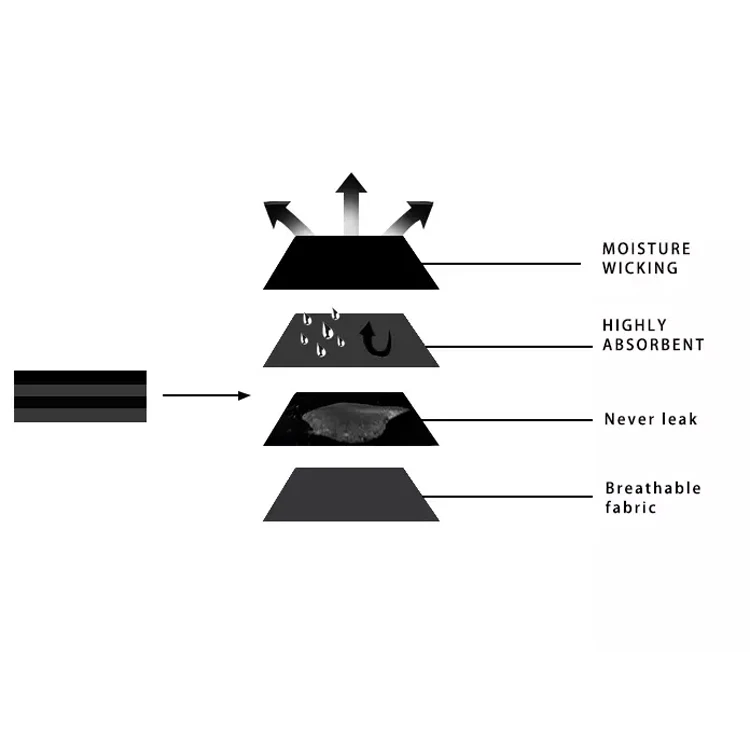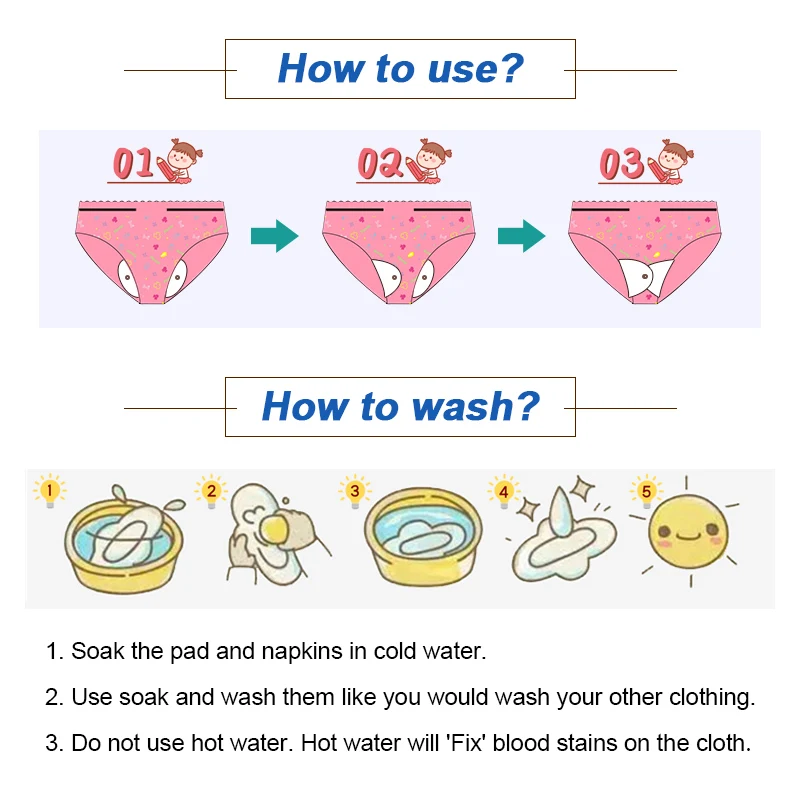No TSS, just our ecofriendly sustainable period panties
What is TSS (Toxic Shock Syndrome)?
Toxic shock syndrome is a rare but serious condition that is often associated with a specific type of bacterial infection, particularly with Staphylococcus aureus or Streptococcus pyogenes. The syndrome can affect organs and systems throughout the body, including the skin, lungs, kidneys, heart and liver.
Toxic Shock Syndrome (TSS) caused widespread panic in the 1970s and 1980s. During this period, TSS was first widely reported, especially in relation to the use of sanitary products.
1. Early outbreaks and detection: Early outbreaks of TSS mainly involved young women, especially those who used highly absorbent tampons. Between 1978 and 1980, there were two large outbreaks of TSS in the United States, which caused widespread concern and attention. Case reports indicate that TSS is associated with the use of certain highly absorbent tampons.
2.TSS symptoms: Symptoms of TSS include high fever, low blood pressure, skin rashes, vomiting, diarrhea, headache, and muscle pain. These symptoms can worsen rapidly and can lead to multiple organ failure in severe cases.
3. Association of hygiene products: Initial investigations suggest that certain highly absorbent tampons may provide an environment conducive to TSS bacteria reproduction. While absorbing menstrual blood, these tampons may also provide a warm, moist environment conducive to bacterial growth. The findings raise concerns about the safety of hygiene products.
Risk factors of TSS
The risk of TSS is affected by a variety of factors, including, but not limited to, the following:
4. Use of disposable hygiene products: The use of disposable hygiene products, especially highly absorbent tampons, is associated with an increased risk of TSS. These products can introduce bacteria, and since they usually require fewer replacements, this may increase the chance for bacteria to multiply.
5. Prolonged use of the same hygiene product: Prolonged use of the same hygiene product, especially highly absorbent tampons, may increase the risk of TSS. Bacteria have more time to multiply, and using the same hygiene product may reduce air circulation, creating conditions that are more conducive to bacterial growth.
6. Failure to wash hands or improper hygiene: Failure to wash hands or improper hygiene is also a risk factor for TSS. Bacteria can spread to mucous membranes or wounds through hands, so proper hygiene practices are essential to reduce the risk of TSS.
7. Frequent replacement of sanitary products when used: Frequent replacement of sanitary products, such as pads or tampons, can help reduce the risk of TSS. Regular replacement can reduce the chance of bacterial growth.
Hey guys, why not try wearing our menstrual panties, choose our period panties, you can change those menstrual products during your period without having to go to the bathroom so often.Worried that our period panties will leak and stink of menstrual blood if we wear them all day? That’s nothing to worry about.Our period panties have special sealed edges that effectively prevent side leakage.And the absorbent layer of our period panties is treated with antibacterial bacteria to reduce the growth of bacteria, thus reducing the production of odors.https://gzhysy.en.alibaba.com/

Although the risk of TSS is higher on disposable hygiene products, following proper hygiene and use recommendations, even when using sustainable menstrual underwear, can reduce the risk of TSS. You can also choose one of our rewashable pads for days when your period is light.https://www.hongyiundies.com/
